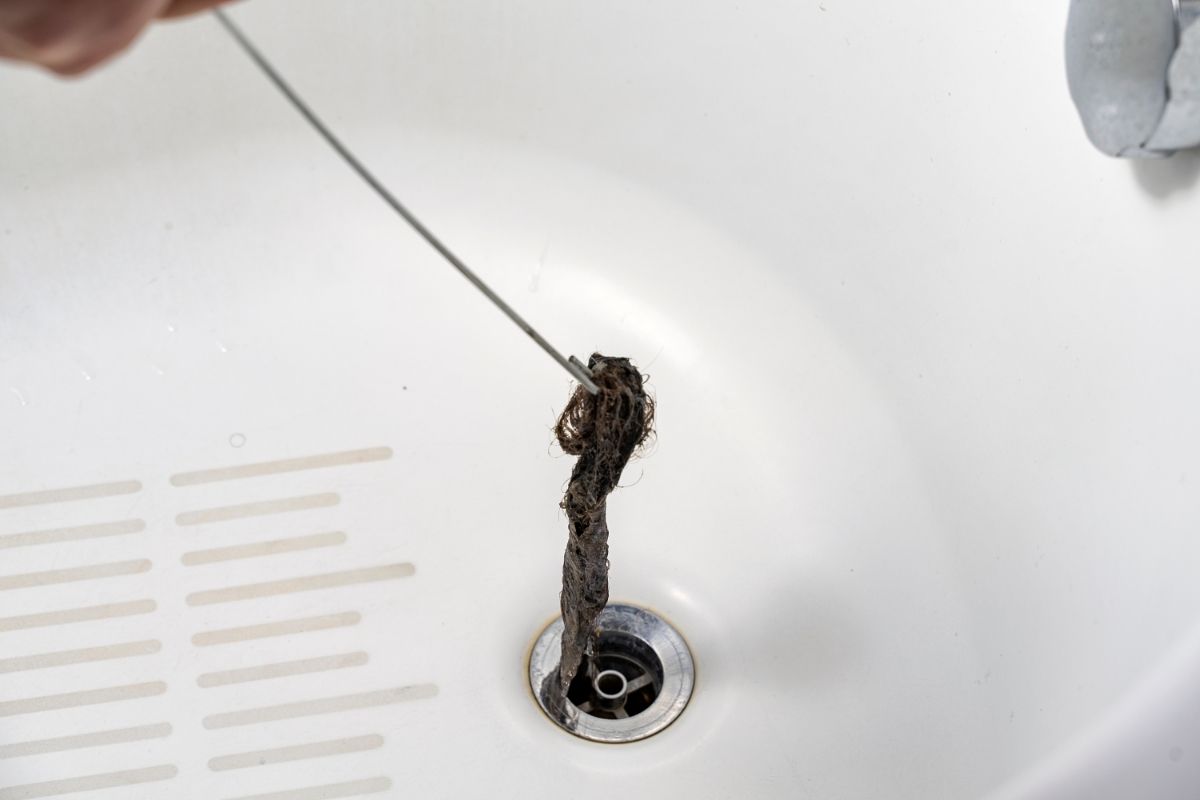

Articles
How To Unclog Bathroom Sink Clogged With Hair
Modified: January 8, 2024
Learn effective methods to unclog a clogged bathroom sink caused by hair with our informative articles. Say goodbye to blockages!
(Many of the links in this article redirect to a specific reviewed product. Your purchase of these products through affiliate links helps to generate commission for Storables.com, at no extra cost. Learn more)
Introduction
A clogged bathroom sink can be a frustrating and inconvenient problem to deal with. Whether it’s caused by a buildup of hair, soap scum, or other debris, a clogged sink can disrupt your daily routine and even lead to unpleasant odors and stagnant water. In this article, we will provide you with a step-by-step guide on how to unclog a bathroom sink that is clogged with hair.
Understanding the cause of the clog is the first step in effectively addressing the issue. Hair is one of the primary culprits of bathroom sink clogs, especially in households with long-haired individuals. As you wash your hair, fallen strands can accumulate and become tangled in the drain trap or the pipes, eventually causing a blockage. Other factors that can contribute to the clog include soap residue, toothpaste, and debris from cleaning products.
To assess the severity of the clog, start by observing the rate at which water drains from the sink. A slow drain indicates a partial clog, while a complete blockage results in standing water. Additionally, if you notice water backing up in other fixtures, such as the bathtub or toilet, it may indicate a more serious plumbing issue that requires professional assistance.
Before attempting to unclog the sink, gather the necessary tools and materials. You will likely need a plunger, a drain snake, and a pair of gloves to protect your hands. Optionally, you can create a homemade drain cleaner using common household ingredients like baking soda and vinegar. These tools and solutions will help you tackle the clog effectively and minimize the use of harsh chemical drain cleaners.
In the next sections, we will guide you through the steps to unclog a bathroom sink clogged with hair. We will cover how to remove the sink stopper, use a plunger to remove the clog, create and pour a homemade drain cleaner, use a drain snake to remove the hair clog, and finally, flush the sink with hot water. Additionally, we will provide tips on how to prevent future hair clogs in the bathroom sink.
By following this comprehensive guide, you will be equipped with the knowledge and tools to tackle a clogged bathroom sink effectively. With a little bit of effort and the right approach, you can restore proper drainage to your sink and get back to your daily routine without any plumbing hassles.
Key Takeaways:
- Understanding the causes of a clogged bathroom sink, such as hair, soap scum, and mineral deposits, is crucial for effective unclogging. Employing methods like plunging, homemade drain cleaners, and drain snakes can help clear the blockage and restore proper drainage.
- Implementing preventive measures, such as using drain screens, regularly cleaning the sink drain, and practicing proper sink habits, can significantly reduce the likelihood of experiencing hair clogs in the bathroom sink. Regular maintenance and good habits are key to preventing future clogs.
Read more: How To Unclog The Sink
Understanding the Cause of a Clogged Bathroom Sink
A clogged bathroom sink is a common issue that many homeowners face. To address the problem effectively, it is essential to understand the causes of the clog. One of the primary culprits of a clogged bathroom sink is hair.
As you wash your hair, loose strands can easily fall into the sink and go down the drain. Over time, these strands accumulate and become tangled, causing a blockage. This is especially true if you or your family members have long hair.
In addition to hair, other substances can contribute to a clogged sink. Soap scum, toothpaste, and oils can build up over time, creating a sticky residue that can trap hair and other debris. These substances can stick to the walls of the pipes, narrowing the passage and impeding water flow.
Hard water can also play a role in causing a clogged bathroom sink. Hard water contains minerals like calcium and magnesium, which can form deposits on the interior of the pipes. Over time, these deposits can accumulate and restrict the flow of water.
If the clog is not limited to the bathroom sink and water is backing up in multiple fixtures, it may indicate a more severe plumbing issue. In some cases, a clog in the main sewer line could be the underlying cause. This requires professional assistance to diagnose and resolve.
Understanding the cause of the clog is crucial because it helps determine the most appropriate method for unclogging the sink. Whether it’s hair, soap scum, or mineral deposits causing the blockage, there are several techniques you can employ to remove the clog and restore proper drainage.
In the next sections, we will explore different methods to address a clogged bathroom sink. We will discuss how to remove the sink stopper, use a plunger to dislodge the clog, create and pour a homemade drain cleaner, use a drain snake to physically remove the debris, and flush the sink with hot water. Each method is effective in its own way, and the choice of approach depends on the severity of the clog and your personal preference.
By understanding the causes of a clogged bathroom sink, you can take the necessary steps to prevent future clogs and keep your sink running smoothly. Regular maintenance, such as using drain screens and cleaning the sink drain, can help minimize the accumulation of hair and other debris. With a proactive approach, you can keep your bathroom sink free from clogs and maintain a functional plumbing system in your home.
Assessing the Severity of the Clog
When faced with a clogged bathroom sink, it is important to assess the severity of the clog before attempting any unclogging methods. This will help you determine the appropriate approach and ensure that you address the issue effectively.
The first step in assessing the severity of the clog is to observe the rate at which water drains from the sink. If you notice that the water is draining slowly, it indicates a partial clog. This means that the drain is partially obstructed, allowing some water to pass through but at a reduced rate. A partial clog can be easier to handle and often responds well to unclogging techniques.
On the other hand, if you have a complete blockage, the water will not drain at all, and it may even start to accumulate in the sink. This indicates a more severe clog that requires immediate attention. In such cases, it is advisable to refrain from running more water into the sink, as it could cause an overflow or further damage to the plumbing system.
Another factor to consider when assessing the severity of the clog is whether the water is backing up in other fixtures. If you notice water coming up into the bathtub or toilet when you run the sink, it may suggest a more significant issue with the main sewer line. This requires professional assistance to diagnose and resolve, as it may involve more extensive repairs.
It is also important to consider the duration of the clog. If the sink has been draining slowly for a while and other methods have proven ineffective, it may indicate a stubborn clog that requires a more aggressive approach. In such cases, using a drain snake or a homemade drain cleaner can be effective in physically removing the debris and restoring proper drainage.
By assessing the severity of the clog, you can make an informed decision about how to proceed with unclogging the bathroom sink. While minor clogs can often be resolved with simple techniques like using a plunger or pouring a homemade drain cleaner, more stubborn or severe clogs may require additional tools and methods.
If you are uncertain about the severity of the clog or unsure of how to proceed, it is always advisable to seek professional help. A licensed plumber can accurately diagnose the problem and provide the appropriate solution, saving you time, effort, and potential damage to your plumbing system.
Overall, by properly assessing the severity of the clog, you can take the necessary steps to unclog your bathroom sink effectively. Whether it is a minor or major obstruction, addressing the issue promptly will ensure smooth drainage and prevent further complications down the line.
Gathering the Necessary Tools and Materials
Before you begin the process of unclogging a bathroom sink, it is essential to gather the necessary tools and materials. Having everything you need at hand will make the unclogging process smoother and more efficient.
Here are some of the tools and materials you may need:
1. Plunger: A plunger is a versatile tool that can be incredibly effective in unclogging a bathroom sink. Opt for a sink-specific plunger rather than a toilet plunger, as the sink plungers have a flat surface that fits over the drain opening. This allows for a proper seal and better suction power when using the plunger.
2. Drain Snake: A drain snake is a flexible tool designed to navigate through the pipes and physically remove blockages. It consists of a long, coiled wire with a hook or barb at the end. When inserted into the drain, the snake can grab onto the clog and pull it out.
3. Gloves: It is important to protect your hands during the unclogging process. Wear gloves to prevent direct contact with any debris, chemicals, or bacteria that may be present in the drain.
4. Bucket or Container: Have a bucket or container nearby to collect any excess water that may come out during the unclogging process. This will prevent water from spilling onto the floor or causing a mess.
5. Homemade Drain Cleaner: If you prefer to use a homemade solution to dissolve the clog, gather the necessary ingredients. Baking soda, vinegar, and hot water can create a chemical reaction that can break down the hair and debris causing the blockage.
6. Cloth or Rag: Keeping a cloth or rag nearby can be handy for cleaning up any spills or drips during the unclogging process.
7. Optional: Chemical Drain Cleaner: If you prefer to use a chemical drain cleaner, make sure you have a suitable product on hand. Follow the instructions on the packaging carefully and take appropriate safety precautions.
By gathering these tools and materials before you begin, you can save time and minimize interruptions during the unclogging process. Having everything readily available will allow you to focus on the task at hand and increase the chances of successfully unclogging your bathroom sink.
Remember to follow safety guidelines and instructions when using any tools or chemicals. If you are unsure about any aspect of the unclogging process, it is always advisable to seek professional help from a plumber.
With the necessary tools and materials at your disposal, you are now ready to begin the process of unclogging your bathroom sink.
Removing the Sink Stopper
Before you can effectively unclog a bathroom sink, you will need to remove the sink stopper. The sink stopper can impede your access to the drain and make it difficult to reach the clog. Here are the steps to remove the sink stopper:
- Locate the sink stopper handle or lever. Depending on the type of sink stopper you have, this may be a small handle on the back of the faucet or a lever located underneath the sink.
- If you have a pivot rod mechanism, look for the metal rod connected to the back of the drain stopper.
- Using your hand or a wrench, loosen the pivot rod nut or the nut securing the horizontal rod to the drain pipe. This will allow you to disconnect the rod and remove the sink stopper.
- Once the rod and nut are disconnected, you can lift the sink stopper out of the drain opening.
- Inspect the sink stopper for any debris or hair that may have accumulated on it. Clean it thoroughly before reinserting it back into the drain.
Removing the sink stopper not only allows you to access the clogged drain more easily but also gives you the opportunity to clean the stopper itself. Over time, hair and other debris can collect on the stopper, contributing to clogs and reducing its effectiveness.
After the sink stopper is removed, take a moment to observe the drain opening. You may notice hair or debris clinging to the sides of the drain or sitting near the surface. Use a pair of tweezers or needle-nose pliers to remove any visible debris, making sure to dispose of it properly. This is an optional step but can help improve the efficacy of the unclogging methods that you will use later.
Once you have removed the sink stopper and cleared any visible debris from the drain, you are ready to proceed with the next steps of unclogging your bathroom sink. Whether you choose to use a plunger, a homemade drain cleaner, or a drain snake, having an unobstructed access to the drain will increase the chances of successfully clearing the clog.
Remember to keep safety in mind while working with tools and materials. If you encounter any difficulties or are unsure about the process, it is always best to consult a professional plumber for assistance.
With the sink stopper removed, you are now ready to tackle the clog in your bathroom sink and restore proper drainage.
Read more: How To Drain Clogged Sink
Using a Plunger to Remove the Hair Clog
A plunger is a simple yet effective tool for removing a hair clog in a bathroom sink. It creates suction and pressure that can dislodge the blockage and allow water to flow freely. Here’s how to use a plunger to remove a hair clog:
- Ensure that the sink is partially filled with enough water to cover the bottom of the plunger. This water provides the necessary seal and improves the plunging effectiveness.
- If there is an overflow drain nearby, cover it with duct tape or a wet cloth to create a seal and prevent any additional air from escaping.
- Gently but firmly push and pull the plunger in an up-and-down motion. This action creates suction and pressure, which can dislodge the hair clog.
- Continue plunging for about 20 to 30 seconds, or until you feel the clog giving way. If necessary, take short breaks in between plunging to allow water and air to flow in and out of the drain.
- Once you feel that the clog has been dislodged, remove the plunger and check if water is draining freely. If the water flows smoothly, congratulations, you have successfully removed the hair clog.
- If the clog persists, repeat the plunging process a few more times. If after several attempts the clog does not clear, it may be necessary to try alternative methods or seek professional help.
Using a plunger is an effective first-line approach for unclogging a bathroom sink clogged with hair. Its ability to create suction and pressure helps dislodge the blockage and restore proper drainage.
Remember to apply steady pressure while plunging and ensure a proper seal with the drain opening. This will maximize the effectiveness of the plunging action.
After using the plunger, run hot water down the drain to help flush out any remaining debris and ensure that the clog is completely cleared. This will help prevent any potential recurrence of the clog.
If plunging does not resolve the clog, it may be necessary to explore other unclogging methods, such as using a homemade drain cleaner or a drain snake. These methods can physically remove the hair clog and provide a more targeted approach.
By using a plunger to remove the hair clog in your bathroom sink, you can restore proper drainage and avoid the inconvenience caused by a clogged sink. However, if the clog persists or you have difficulty in unclogging the sink, it is advisable to seek the assistance of a professional plumber.
Use a drain snake or a wire hanger to pull out the hair clog. You can also try pouring a mixture of baking soda and vinegar down the drain, followed by hot water.
Creating a Homemade Drain Cleaner
A homemade drain cleaner can be an effective and environmentally-friendly solution for clearing a hair clog in your bathroom sink. It uses common household ingredients that are safe and gentle on your plumbing system. Here’s how you can create your own homemade drain cleaner:
- Start by gathering the necessary ingredients. You will need baking soda, vinegar, and hot water.
- Pour about 1/2 cup of baking soda down the clogged drain. Baking soda is known for its ability to break down debris and odors.
- Follow the baking soda with 1/2 cup of vinegar. The combination of baking soda and vinegar creates a chemical reaction that can help dissolve the hair clog.
- Allow the mixture of baking soda and vinegar to sit in the drain for about 15 minutes. During this time, you may hear bubbling and fizzing, which is normal and indicates that the reaction is taking place.
- After the 15 minutes are up, pour a kettle of hot water down the drain. The hot water helps flush away the dissolved clog and any remaining debris.
- Repeat the process if the clog persists. In some cases, a more stubborn hair clog may require multiple applications of the homemade drain cleaner.
- Finally, run hot water down the drain for a few minutes to ensure the clog is completely cleared and the drain is flowing freely.
Homemade drain cleaners are gentle on your pipes and environmentally-friendly alternatives to harsh chemical drain cleaners. They can be particularly effective in treating hair clogs, as the combination of baking soda and vinegar helps dissolve the hair and break it down.
Keep in mind that while homemade drain cleaners can be effective, they may not be as potent as commercial drain cleaners for more severe or stubborn clogs. In such cases, it may be necessary to try alternative methods or seek professional assistance.
Additionally, it is important to note that homemade drain cleaners are not suitable for use if you have used a commercial drain cleaner or chemical-based products in the drain previously. Mixing chemicals can create dangerous reactions and should be avoided.
By creating your own homemade drain cleaner, you can effectively and safely remove hair clogs from your bathroom sink. It’s a cost-effective and eco-friendly solution that can help maintain proper drainage in your sink.
If the homemade drain cleaner does not resolve the clog or you have concerns about using it, it is always best to consult a professional plumber for assistance.
Pouring the Drain Cleaner Down the Sink
Once you have prepared your homemade drain cleaner, it’s time to pour it down the sink to attack the hair clog. Follow these steps to effectively use the drain cleaner:
- Ensure that the sink is dry and free from any standing water before pouring the drain cleaner. If there is any excess water, use a towel or sponge to remove it.
- Start by pouring half a cup of baking soda down the drain. Baking soda will help break down the hair clog and neutralize any unpleasant odors.
- Slowly pour half a cup of vinegar into the drain. The combination of baking soda and vinegar will create a bubbling reaction, which helps loosen and dissolve the hair clog.
- Allow the mixture to sit in the drain for about 15 minutes. During this time, the chemical reaction will break down the clog and help clear the drain.
- After the 15 minutes have passed, flush the drain with hot water from the tap. The hot water will help carry away the dissolved clog and any remaining debris.
- Run hot water down the drain for a few more minutes to ensure the clog has been completely cleared.
It’s important to note that the combination of baking soda and vinegar creates a fizzy reaction, so expect some bubbling and foaming in the sink. This is normal and indicates that the drain cleaner is working.
Keep in mind that homemade drain cleaners may not be as powerful as commercial chemical drain cleaners, especially for stubborn or severe clogs. If the clog persists after using the homemade drain cleaner, you may need to consider alternative methods or seek professional assistance.
It’s also worth mentioning that homemade drain cleaners are not recommended if you have previously used commercial drain cleaners or other chemical-based products in your sink. Mixing different chemicals can create unsafe reactions and should be avoided.
By pouring the homemade drain cleaner down the sink, you are taking a proactive step in clearing the hair clog and restoring proper drainage. Homemade drain cleaners are a safe and eco-friendly option that can effectively tackle hair clogs without harsh chemicals.
If you have any concerns or are uncertain about using a homemade drain cleaner, it’s best to consult a professional plumber for guidance.
Removing the Hair Clog with a Drain Snake
If the hair clog in your bathroom sink proves to be stubborn and resistant to other methods, using a drain snake can provide a more targeted and hands-on approach to clearing the blockage. Here’s how you can remove a hair clog with a drain snake:
- Start by extending the drain snake. Most drain snakes have a coiled wire that can be extended by turning the handle counterclockwise. Continue extending the drain snake until you feel resistance, indicating that the clog has been reached.
- Gently push the drain snake into the drain, rotating it as you go. The rotating motion helps to catch and grab onto the hair clog.
- Once the drain snake has reached the clog, start pulling it back slowly. The teeth or barbs on the drain snake should catch the hair as you pull it out.
- Continue pulling the drain snake out, being careful not to force it. If you encounter any resistance, rotate or wiggle the drain snake to help dislodge the clog.
- Inspect the end of the drain snake for any hair or debris that has been removed. Dispose of it properly.
- Repeat the process a few more times if necessary, until you no longer feel any resistance and the drain is clear.
A drain snake is a useful tool for physically removing hair clogs from the drain. Its flexible wire and barbed end allow you to navigate through the pipes and grab onto the clog directly.
When using a drain snake, it is essential to be gentle and patient. Forcing the drain snake or using excessive pressure can potentially damage the pipes. If you are unsure or uncomfortable with using a drain snake, it is best to consult a professional plumber.
Once the hair clog has been removed, run hot water down the drain to flush away any remaining debris and ensure that the drain is fully cleared.
Remember that prevention is key to avoiding future hair clogs. Using drain screens or strainers can help prevent hair from entering the drain and causing blockages. Regular maintenance, such as cleaning the drain and using a hair-catching solution, can also help keep your bathroom sink free from clogs.
By using a drain snake to remove the hair clog, you can effectively unclog your bathroom sink and restore proper drainage. If the clog persists or you are uncertain about using a drain snake, it is always best to seek professional help.
Read more: How To Unclog A Sink With A Plunger
Flushing the Sink with Hot Water
After you have successfully removed the hair clog from your bathroom sink using various unclogging methods, it’s important to flush the sink with hot water to ensure that the drain is clear and free from any remaining debris. Flushing the sink with hot water is a final step that helps to eliminate any residual buildup and restore proper drainage.
Here’s how you can flush the sink with hot water:
- Ensure that the drain is clear from any visible debris or clog remnants. If necessary, use tweezers or needle-nose pliers to remove any lingering hair or debris that may be within reach.
- Turn on the hot water faucet directly above the sink. Allow the water to run for a few minutes, ensuring that it reaches its maximum temperature. Hot water is effective in dislodging and flushing away any remaining debris.
- Slowly and steadily pour the hot water down the drain in a continuous stream. Aim for the center of the drain to ensure that the water reaches all areas and effectively dislodges any lingering buildup.
- Continue to pour hot water for a few minutes to thoroughly flush the drain. This will help to remove any residual soap scum, oils, or remaining hair that may have accumulated.
- Observe the drainage of the sink. If the water flows smoothly and quickly without any signs of backup or slow draining, it indicates that the clog has been successfully cleared and the drain is fully functional.
Flushing the sink with hot water serves as a final rinse, ensuring that any remaining debris is washed away. It also helps to remove any residual odors caused by the clog.
Remember to use caution while handling hot water to prevent burns and scalding. If you have sensitive skin, it’s advisable to wear protective gloves.
Flushing the sink with hot water not only clears the immediate clog but also helps in preventing future clogs. Regularly flushing the sink with hot water can help to dissolve and prevent the buildup of soap scum, oils, and other debris that lead to clogs over time.
To maintain a clog-free bathroom sink, consider implementing preventive measures such as using drain screens or strainers to catch hair and larger debris. Regularly cleaning the drain and performing maintenance tasks can also contribute to preventing future clogs.
By flushing the sink with hot water, you can ensure that your bathroom sink is clear, clean, and ready for regular use. Remember, if clogs persist or if you have any concerns about your plumbing system, it’s always best to seek professional assistance.
Preventing Future Hair Clogs in the Bathroom Sink
To avoid the inconvenience and frustration of dealing with hair clogs in your bathroom sink, it’s important to implement preventive measures. Here are some effective tips to help prevent future hair clogs:
- Use a Drain Screen: Place a drain screen or strainer over the sink drain to catch hair and larger debris. These screens are designed to allow water to flow freely while trapping any hair that would otherwise go down the drain. Regularly clean the drain screen to remove accumulated hair and debris.
- Brush or Comb Hair Before Showering: Before stepping into the shower or washing your hair over the sink, brush or comb your hair to remove loose strands. This can help reduce the amount of hair that ends up in the sink drain.
- Regularly Clean the Sink Drain: Periodically clean the sink drain by removing the drain stopper and using a pair of tweezers or needle-nose pliers to pull out any visible hair or debris. This simple maintenance task can help prevent the accumulation of hair and reduce the chances of clogs.
- Avoid Pouring Grease or Oil Down the Drain: Grease and oils can solidify and add to the buildup in your plumbing system, contributing to clogs. Instead of pouring grease down the drain, collect it in a container and dispose of it properly in the trash.
- Run Hot Water Regularly: Flush the sink with hot water regularly to help dissolve any potential buildup and keep the pipes clean. Hot water can help melt and wash away soap residue, oils, and small amounts of hair.
- Consider Using Enzyme-based Drain Cleaners: Enzyme-based drain cleaners are designed to break down organic matter, including hair, in your plumbing system. These cleaners are generally milder and more environmentally-friendly than chemical drain cleaners. Follow the instructions on the packaging carefully when using any drain cleaner.
- Teach Proper Sink Habits to Family Members: Educate your family members on good sink habits, such as not disposing of large amounts of hair or other materials down the drain. Encourage them to use the drain screen and to be mindful of what goes into the sink drain.
By following these preventive measures, you can significantly reduce the likelihood of experiencing hair clogs in your bathroom sink. Regular maintenance, proper sink habits, and the use of drain screens will help keep your sink drain flowing freely and minimize the risk of blockages.
If you continue to experience frequent or persistent clogs despite preventive measures, you may want to consider consulting a professional plumber. They can assess your plumbing system and provide expert advice on how to address the issue.
Remember, prevention is key when it comes to avoiding hair clogs in the bathroom sink. Implementing these preventative tips will save you time, frustration, and the hassle of dealing with clogged drains in the future.
Conclusion
Dealing with a clogged bathroom sink, particularly one clogged with hair, can be a nuisance. However, by understanding the causes of the clog and employing the right techniques, you can successfully unclog your sink and restore proper drainage.
In this comprehensive guide, we have covered various methods for unclogging a bathroom sink clogged with hair. We started by understanding the cause of the clog, which is often hair and other debris like soap scum and toothpaste. By assessing the severity of the clog, gathering the necessary tools and materials, and removing the sink stopper, we set ourselves up for success in tackling the clog.
Using a plunger is an effective and widely accessible method for removing a hair clog. By creating a tight seal and utilizing the suction and pressure generated by the plunger, we can dislodge the blockage and restore proper flow. For more stubborn clogs, we can create a homemade drain cleaner using baking soda and vinegar. This chemical reaction helps break down the clog, which can then be flushed away with hot water.
If the clog persists, a drain snake can be used to physically remove the hair clog from the drain. By navigating through the pipes with a flexible wire and barbed end, we can grab onto the clog and pull it out. Lastly, we discussed the importance of flushing the sink with hot water as a final step to ensure the drain is clear and free of debris.
To prevent future hair clogs, we highlighted the significance of using drain screens, regularly cleaning the sink drain, and practicing proper sink habits. By implementing preventive measures and maintaining good habits, we can minimize the occurrence of hair clogs and keep our bathroom sinks functioning optimally.
Remember, if you encounter persistent or severe clogs, or if you require professional assistance, it is always best to consult a licensed plumber. They have the expertise and tools to address more complex plumbing issues and ensure long-term solutions.
By following this guide and taking the necessary steps to unclog your bathroom sink, you can eliminate the frustration and inconvenience of clogged drains. With a little effort and the right techniques, you can restore proper drainage and maintain a functional and clean bathroom sink.
Frequently Asked Questions about How To Unclog Bathroom Sink Clogged With Hair
Was this page helpful?
At Storables.com, we guarantee accurate and reliable information. Our content, validated by Expert Board Contributors, is crafted following stringent Editorial Policies. We're committed to providing you with well-researched, expert-backed insights for all your informational needs.
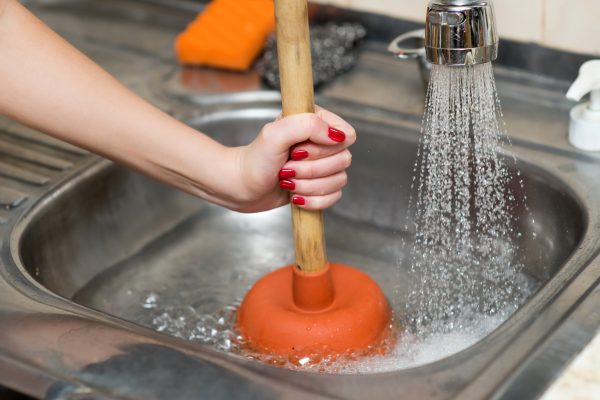
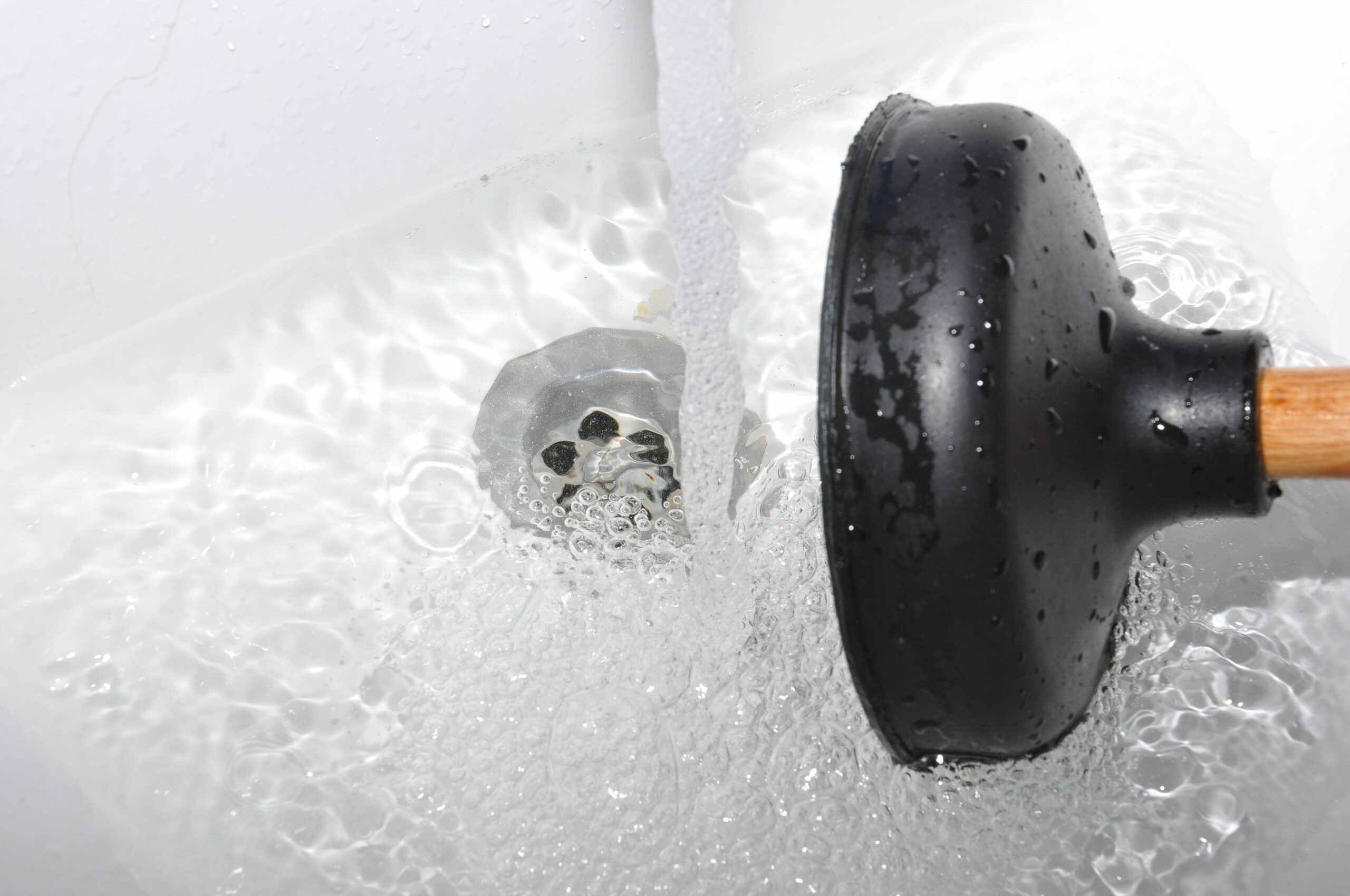
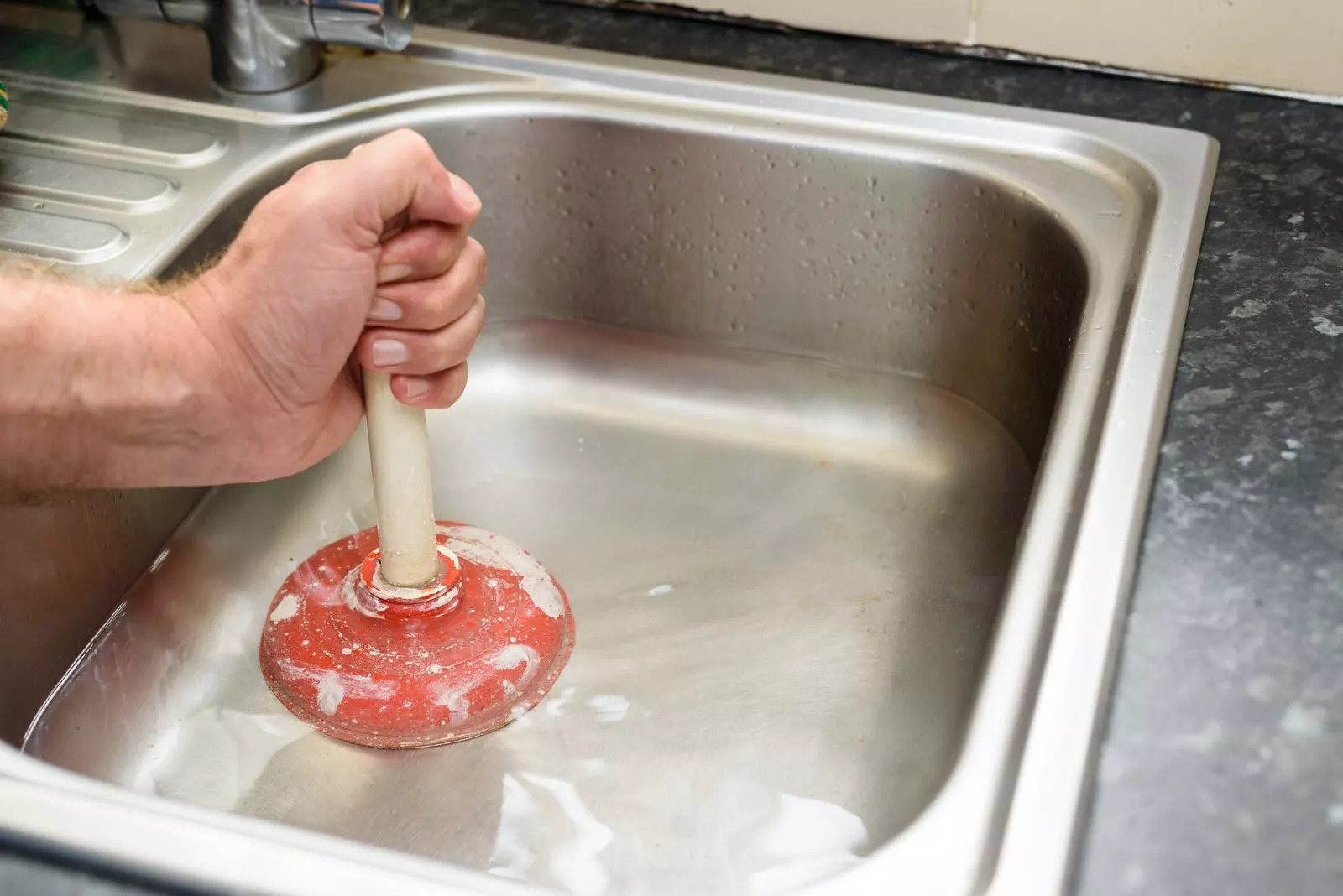
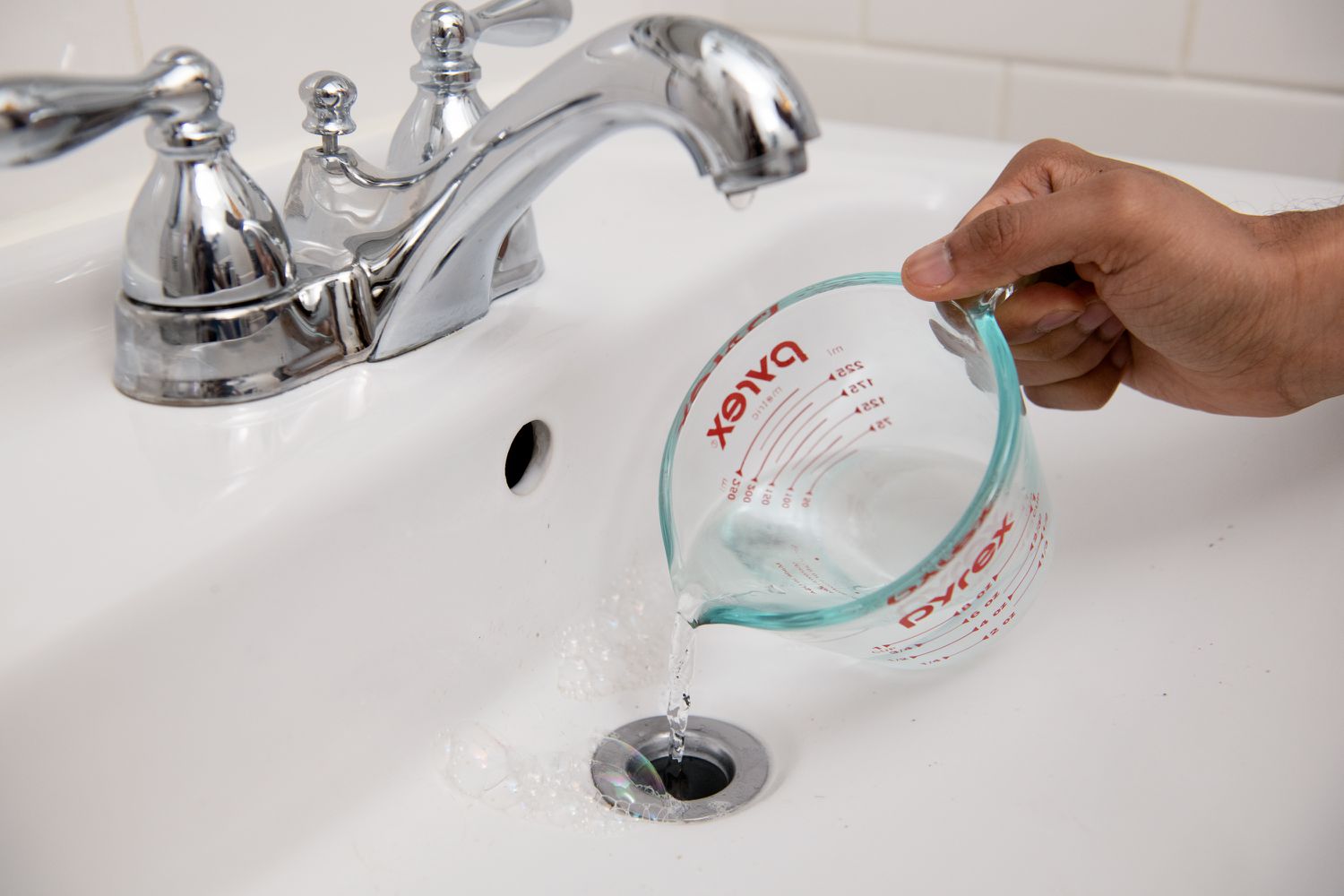
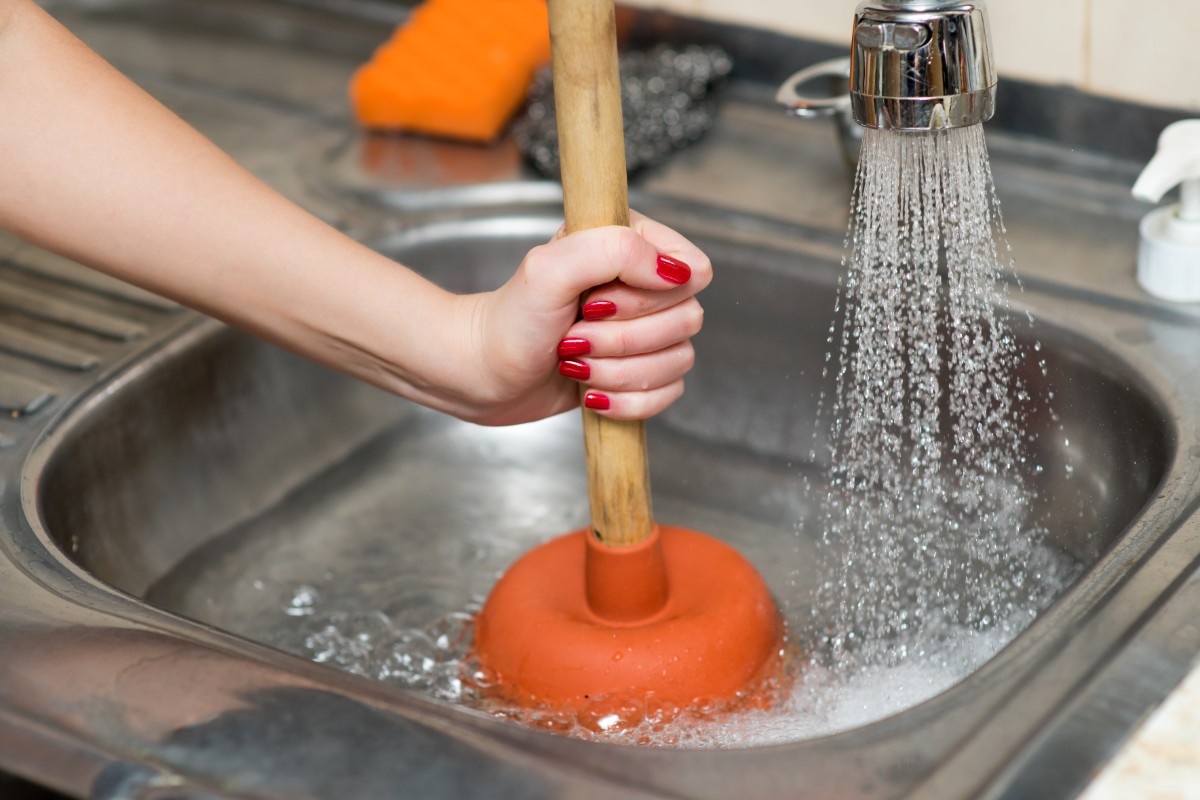
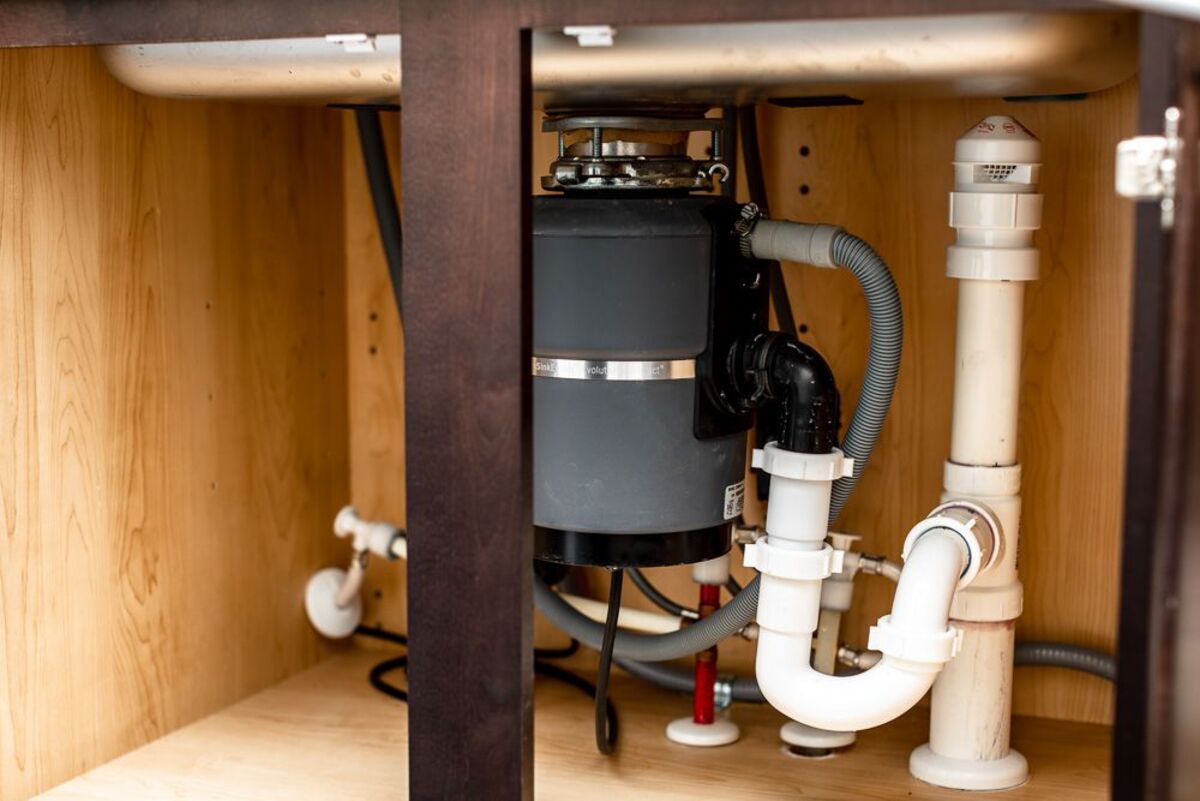
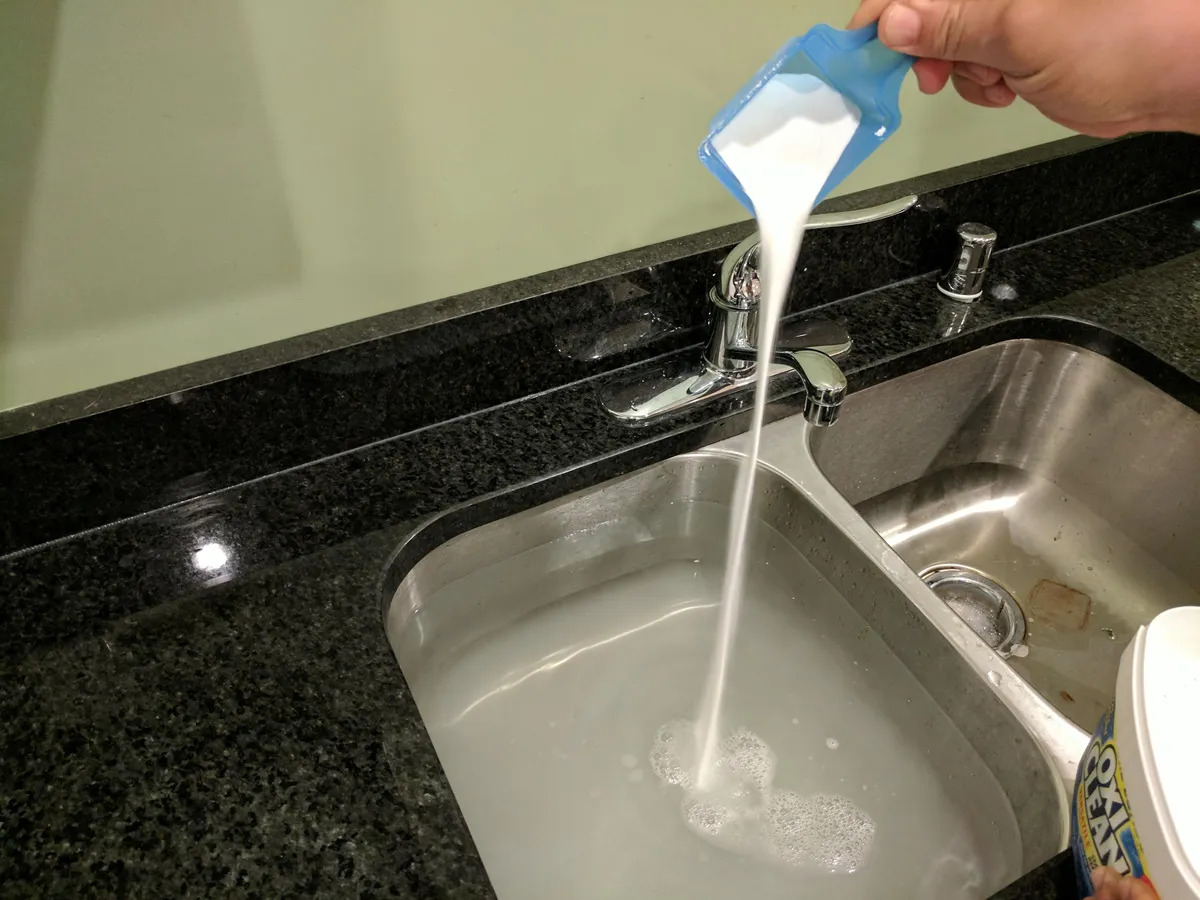
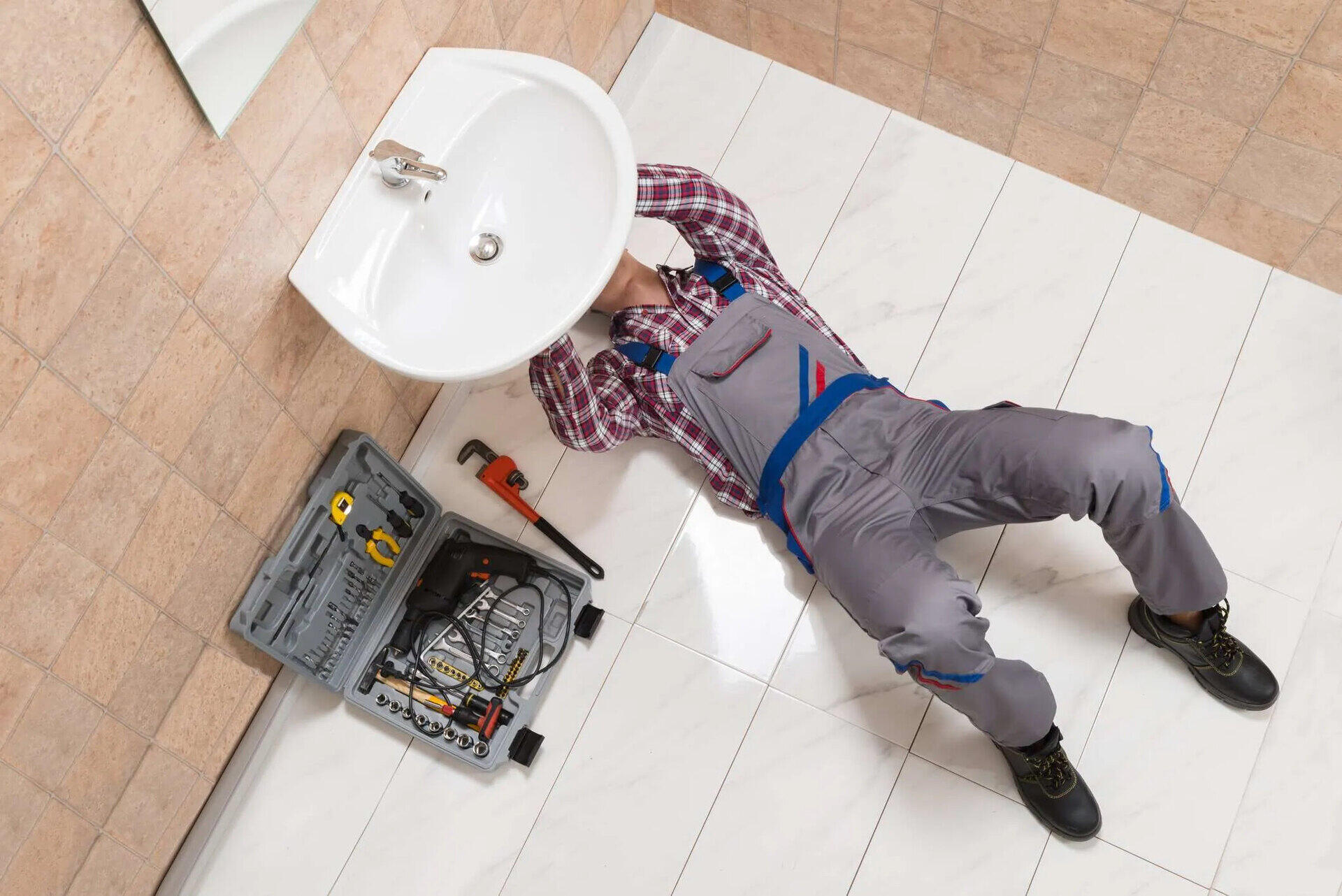
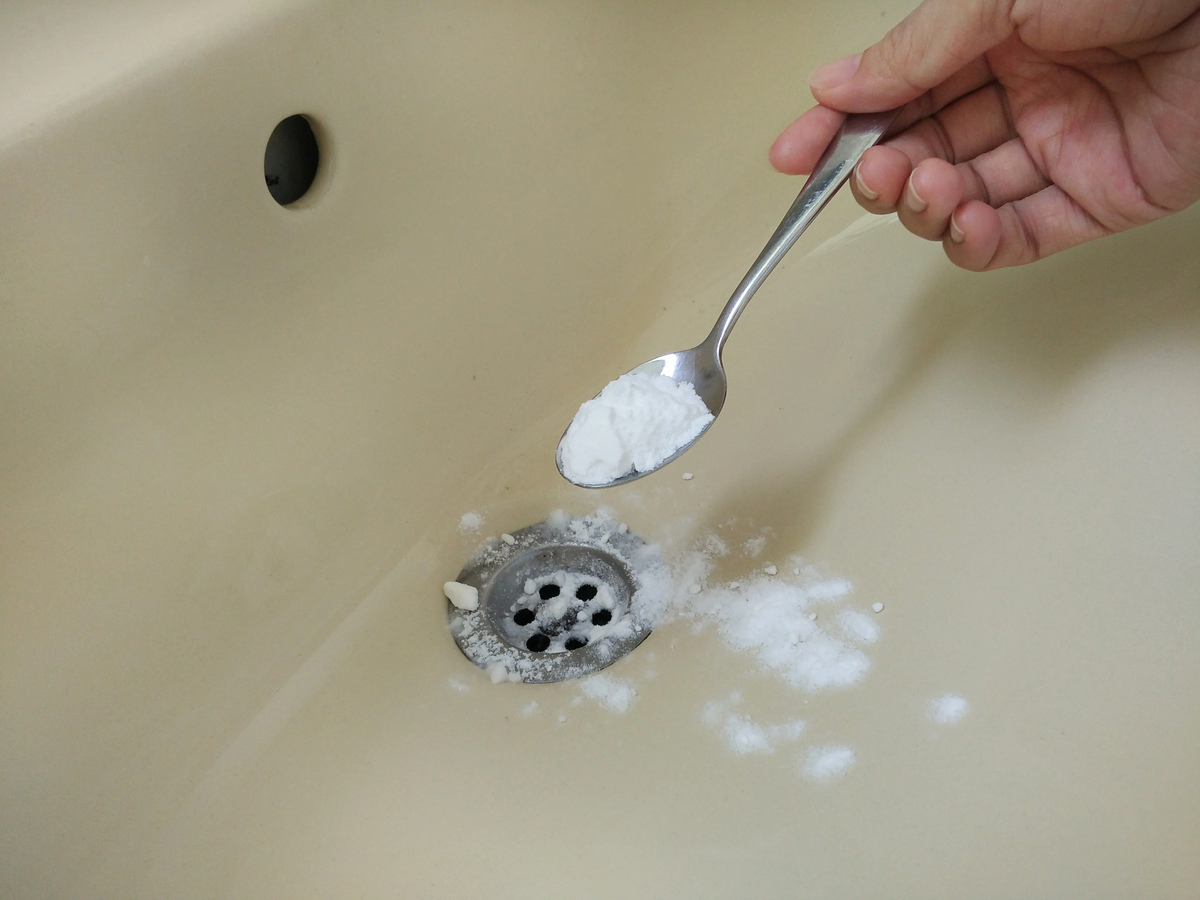
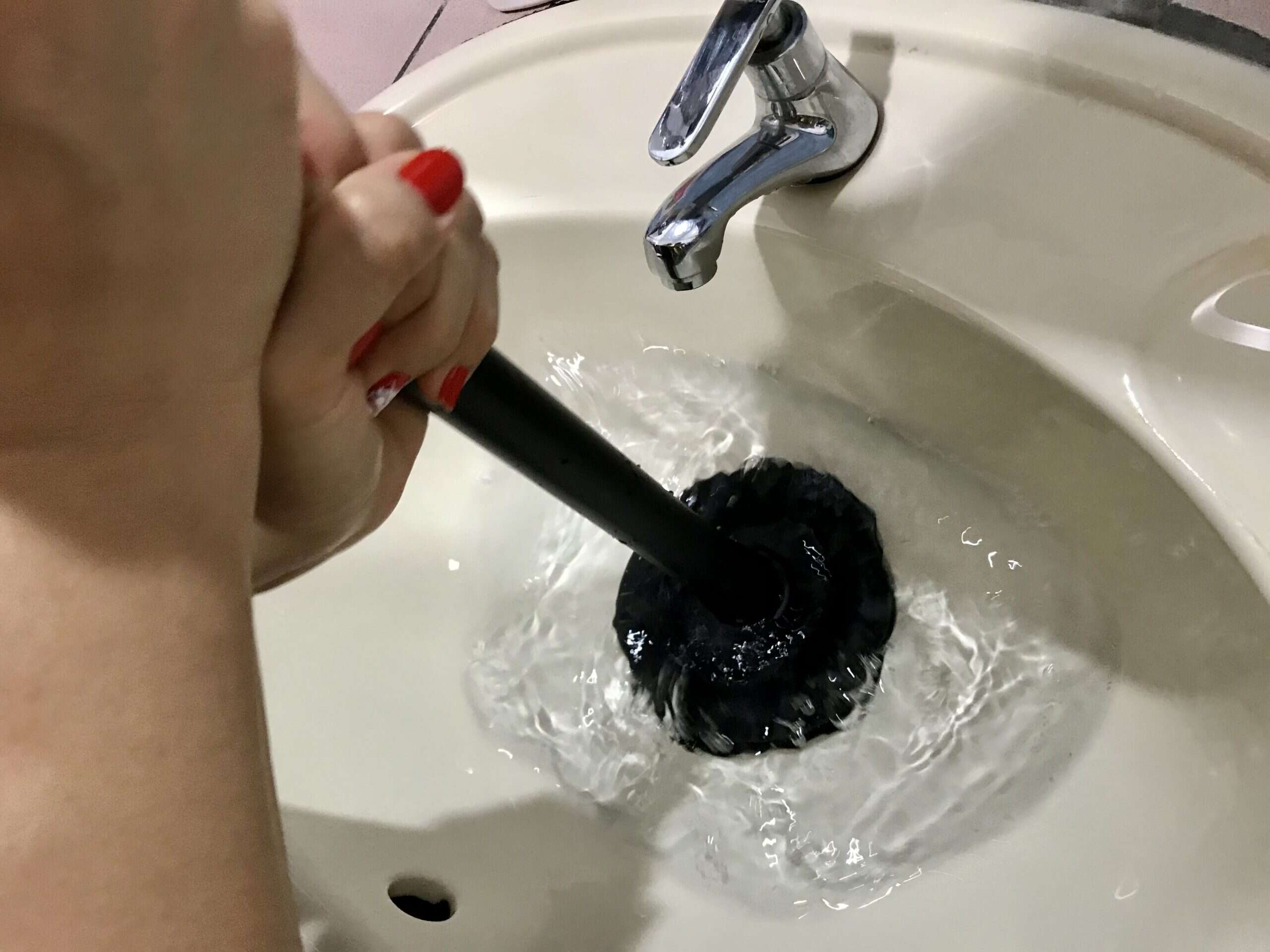
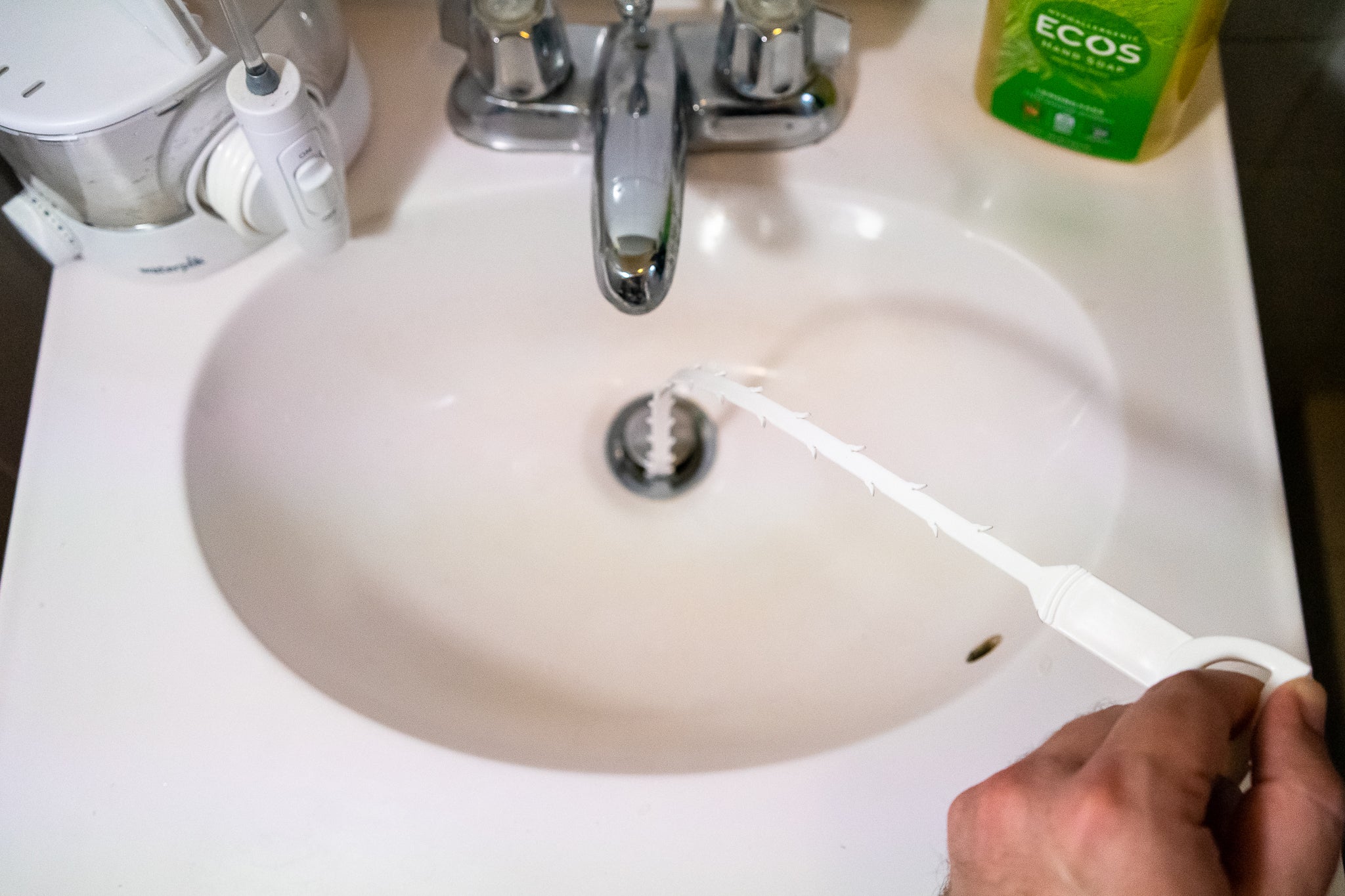
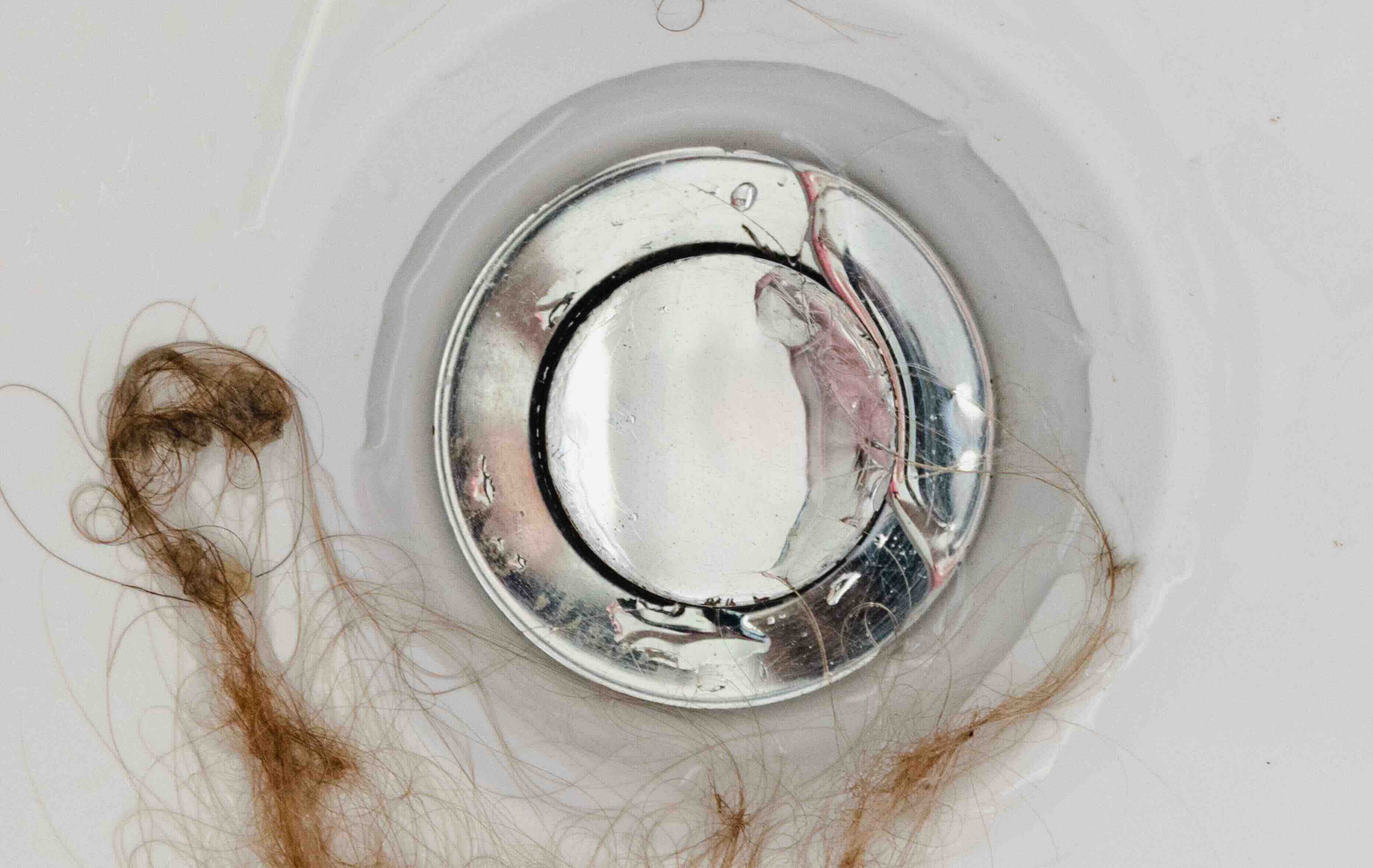
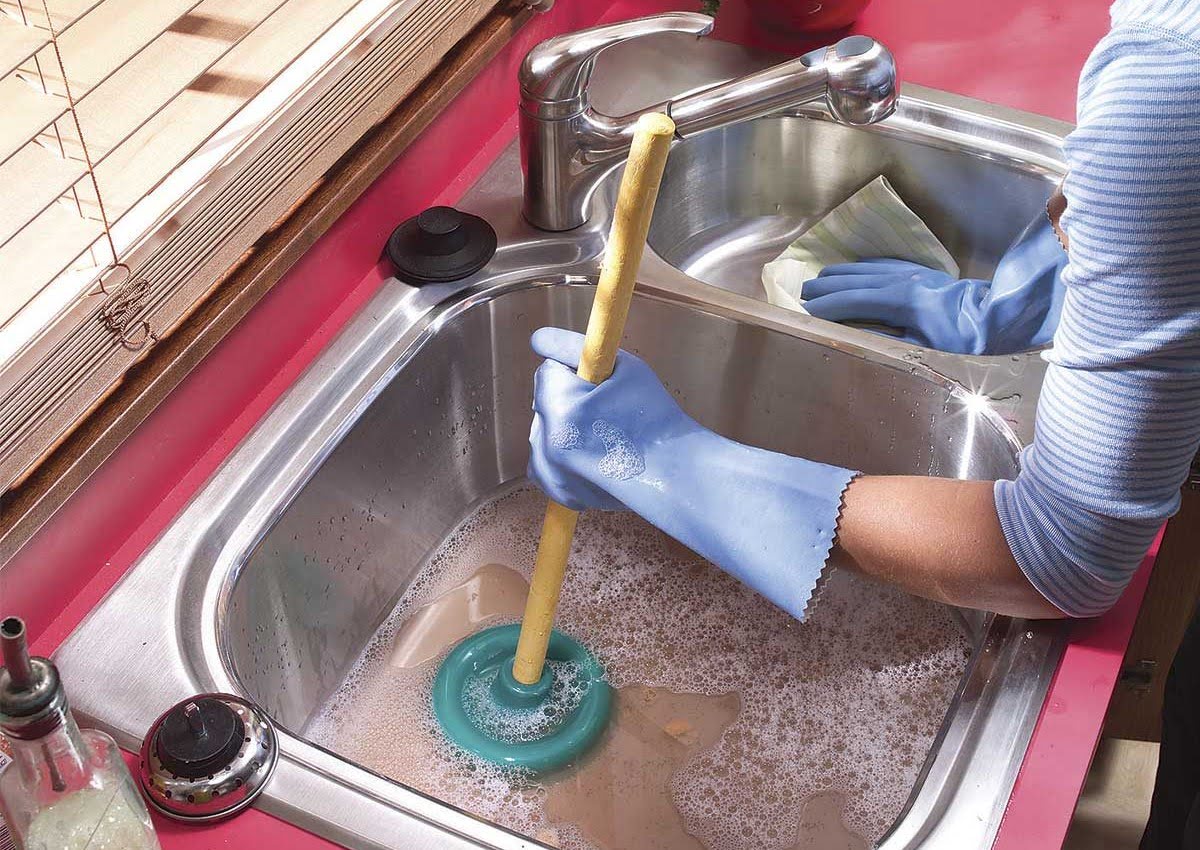

0 thoughts on “How To Unclog Bathroom Sink Clogged With Hair”